Holy Resurrection Monastery and the Vocation to Love
If Catholics want marriages and the priesthood to be renewed, then we need a vigorous revival of monastic life.

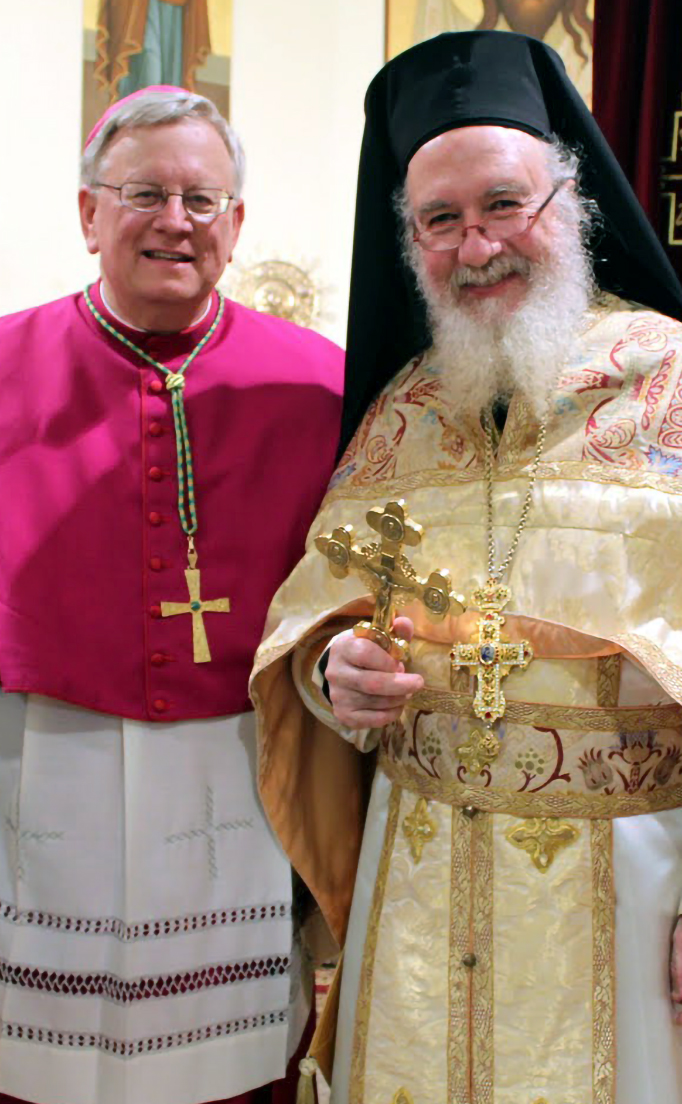
The entire Christian life is centered on obtaining the grace of loving union with God.
In the Christian East, we call this theosis. Through a life of grace, we are transformed more and more into the image and likeness of God — “for the Son of God became man,” said St. Athanasius, “so that we might become God.”
The monastic life is one means of obtaining this goal of union with God, and the monks of Holy Resurrection Monastery strive daily for this end.
Settled in St. Nazianz, Wisconsin, the monastery is headed by Abbot Nicholas, who is the monastic father of nine monks. The monastery is a true family, with the abbot as head and each monk fulfilling a vital family role. When a man makes his life profession in an Eastern Catholic monastery, it is understood that he will live and die there, so disagreements and conflicts, like in married life, must be worked through because of the permanence of this kind of vocation. Unlike married life, which has many natural consolations, the monks (from the Greek word monachos meaning “one who is alone”) forgo the comforts of a wife and children to seek after supernatural consolations through their lives of prayer. In this way, the monks live out the ancient ascetical practice of consecrated celibacy.
In the East, and indeed in the universal Church for quite some time, celibacy was most closely related to the monastic life. It was viewed as an extension of baptism and was only indirectly related to priestly ministry. In the words of Father Maximos, one of HRM’s monks, celibacy as an ascetical practice is “marriage baptized.” He writes, “Christian celibacy is the revelation of the presence of the Kingdom of God in every relationship.” This attitude, when energized by grace, overflows into the monastery’s outreach of hospitality.
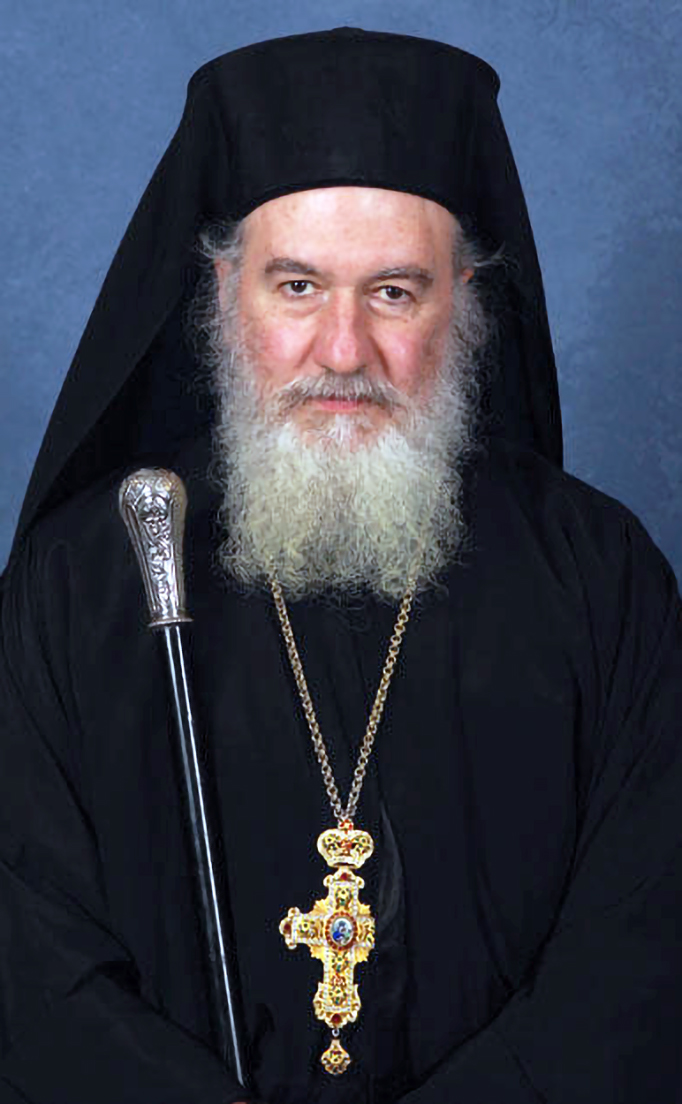
Guests to the monastery can enjoy a cup of Humble Habits Coffee and perhaps some food prepared by Abouna Moses, the monastery’s chef. Abouna Moses is quite a character for, not only is he a professionally trained chef (he studied at the Culinary Institute of America), he also legally changed his name to his monastic name to get around Facebook’s draconian regulations.
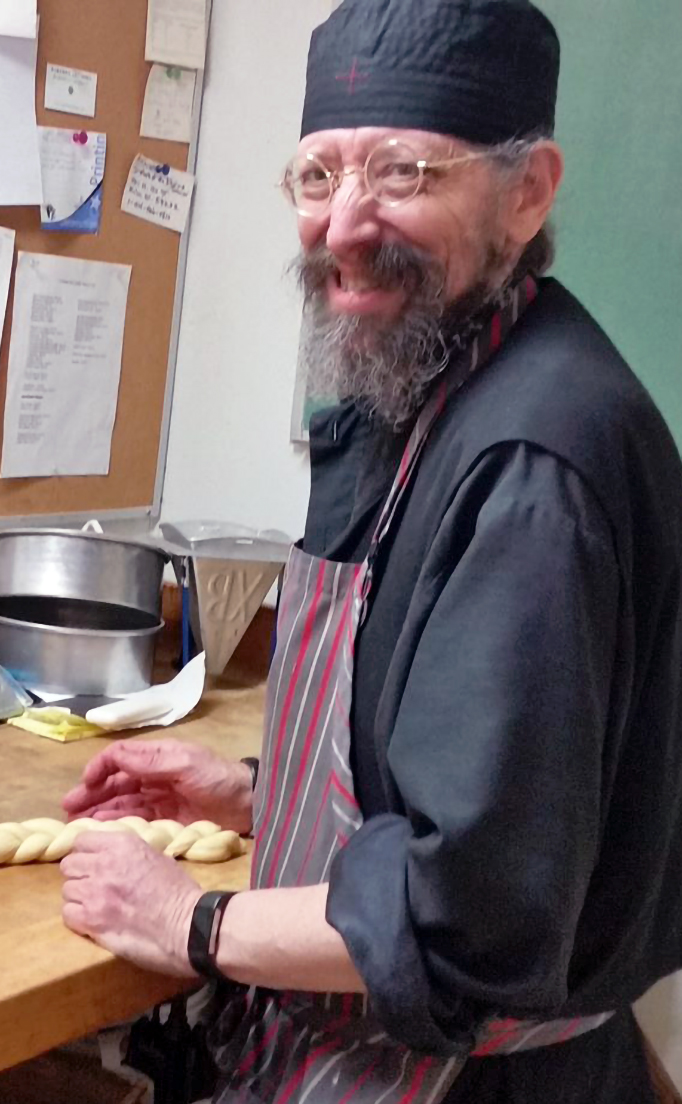
You quickly pick up that the monks of HRM are normal guys who have arrived at this graced vocation from a variety of paths. This is precisely what makes them all so accessible. They are hidden from the world, yet accessible. They fast rigorously according to the Eastern Catholic tradition, yet utilize food and hospitality as a means of evangelization. Their customs and prayer rule harks back to the Desert Fathers, yet they are engaged in social media and blogging. They’re a group of single men who have given themselves to God in consecrated celibacy, obedience, poverty and stability — and yet, they have gathered around themselves a family of laypeople, parish clergy and curious wanderers.
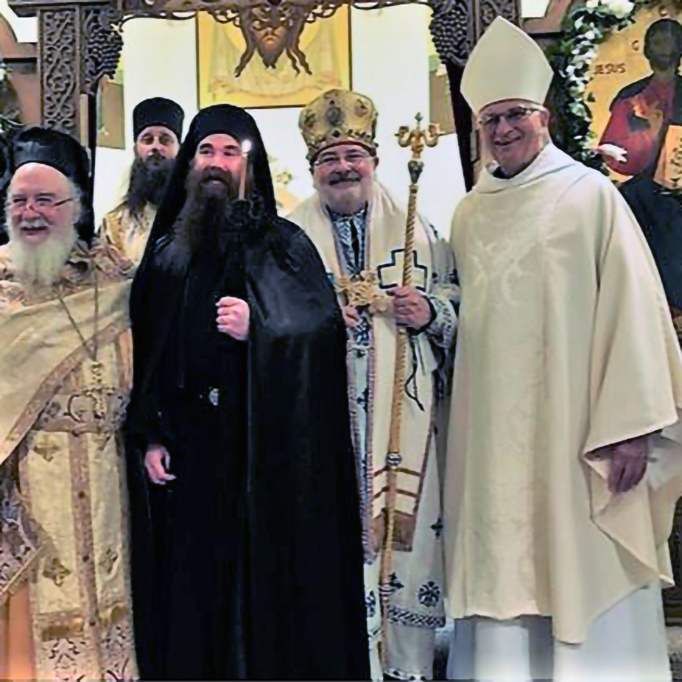
Holy Resurrection Monastery is leading the way. Visit them! Pray with them! Become part of the family! For more information go to hrmonline.org.
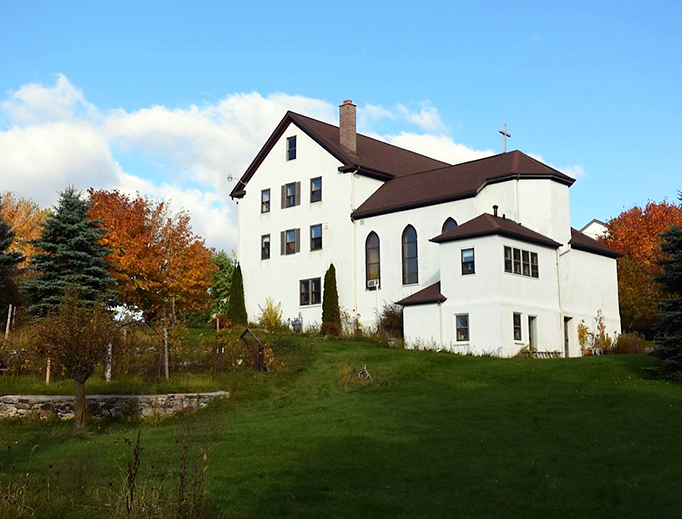
- Keywords:
- eastern churches
- monastery
- monasticism
- wisconsin

















